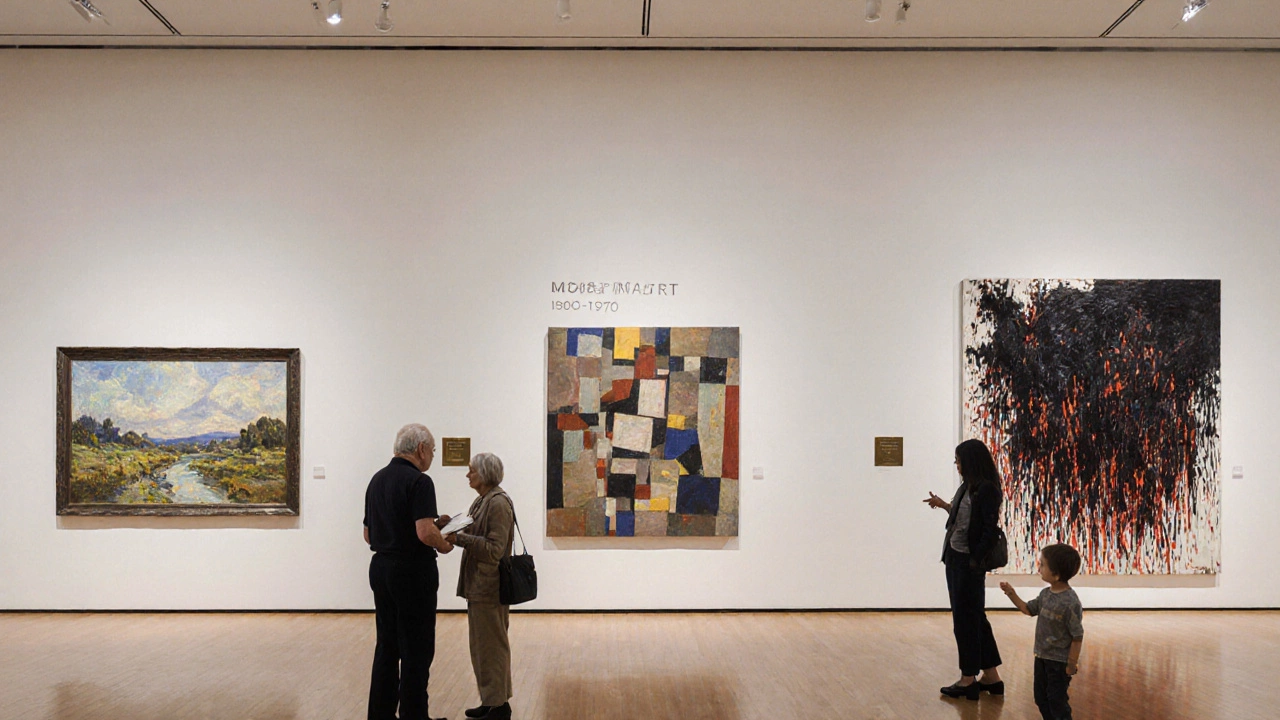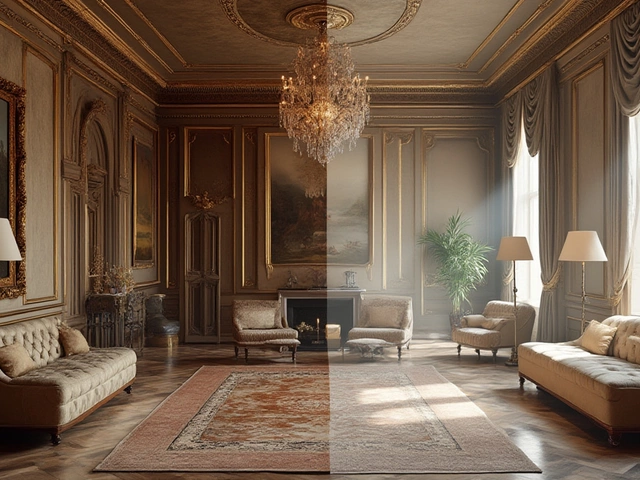Gallery Classification: Organizing Art for Creators and Viewers
When talking about Gallery Classification, the system that groups artworks by shared traits such as subject, style, period, or medium. Also known as art categorization, it helps galleries, museums, and online platforms present collections in a way that makes sense to visitors. Gallery classification isn’t just a filing trick; it shapes how we perceive art history, discover new creators, and decide what to buy. For example, the statement "Gallery classification encompasses art genres" captures the core idea: every painting, sculpture, or digital piece sits inside a broader category that tells a story about its origins and intent.
Key Concepts That Shape Classification
The first building block is Art Genre, a broad label like portrait, landscape, still life, or abstract that signals the artwork’s primary subject matter. Genres act as the entry point for viewers, letting them scan a wall and instantly grasp the theme. Next comes Art Movement, a historical or stylistic grouping such as Impressionism, Cubism, or Digital New Media that reflects shared ideas among artists of a time. Movements influence classification by adding a temporal or philosophical layer – "Art movements influence gallery classification" is a simple way to see the link. Finally, the Medium, the material or technique used, like oil, watercolor, sculpture, or 3D rendering, further refines the categorization, because a water‑based portrait feels different from an oil‑on‑canvas one. Together these entities create a three‑dimensional matrix that curators use to arrange exhibitions, price works, and guide educational programs.
Understanding how these pieces fit together gives you a practical edge. If you know the genre, you can choose the right lighting and wall height; if you recognize the movement, you can write labels that connect the piece to its peers; if you consider the medium, you can protect the work during transport and storage. The process also works in reverse – artists can position their new pieces within an existing classification to tap into an audience that already appreciates that style. Below, you’ll find a curated list of articles that dig deeper into each of these aspects, from pricing portraits on specific surfaces to decoding why contemporary art looks simple. Use this overview as a roadmap, then explore the posts that match your current project or curiosity.
Modern vs Contemporary: Key Differences Explained
Discover the clear differences between modern and contemporary art, including timelines, styles, media, and how to identify each in galleries.
Continue Reading




